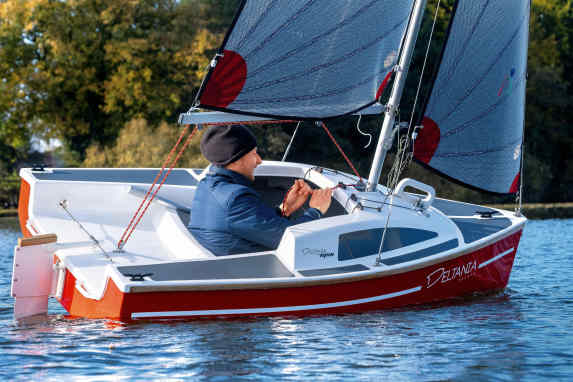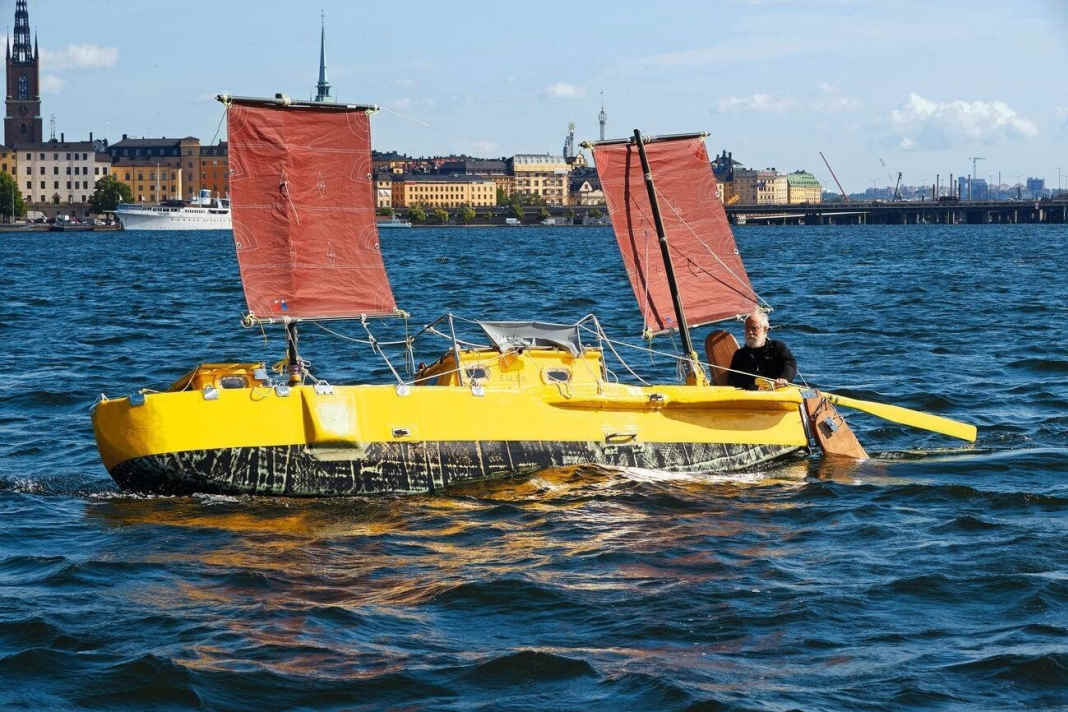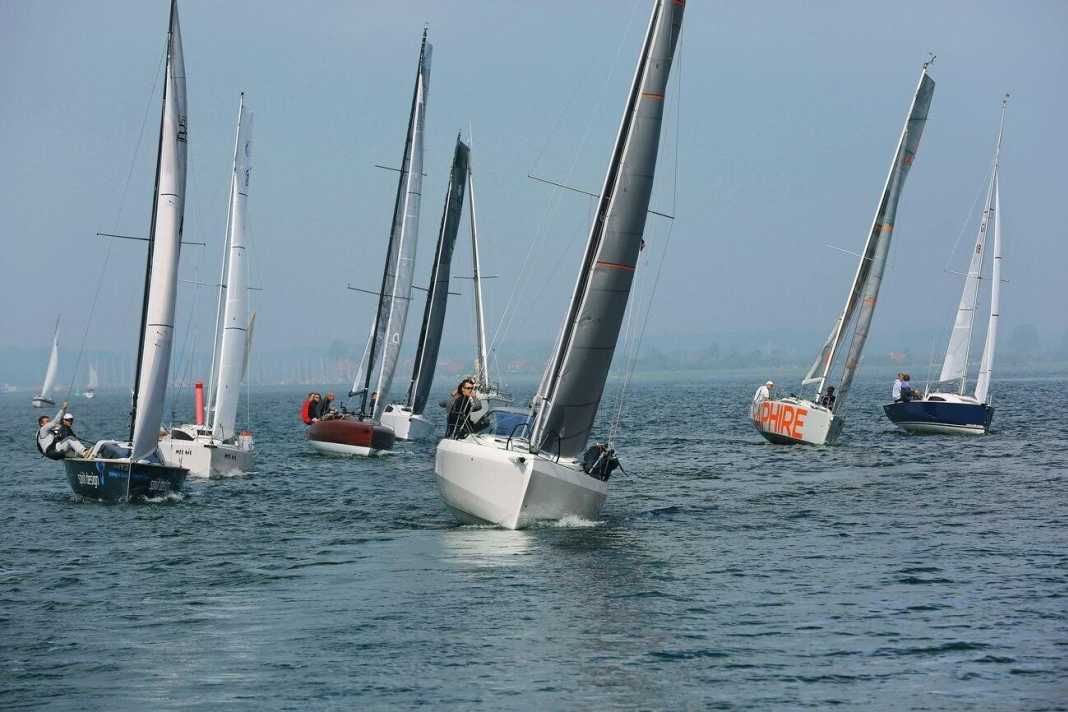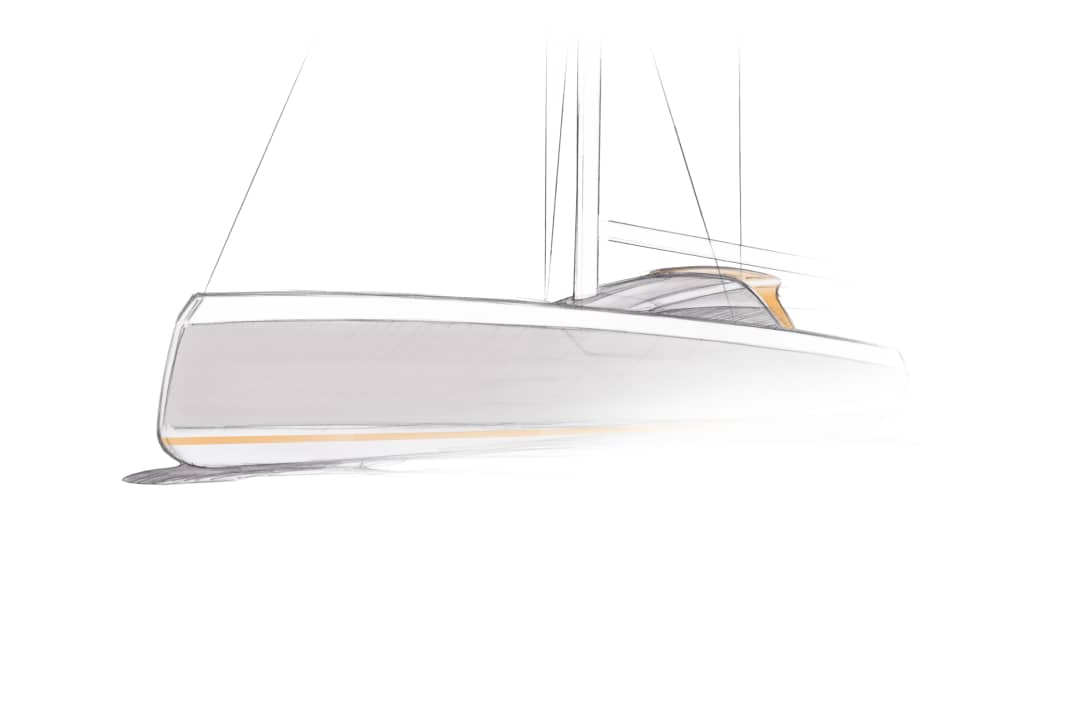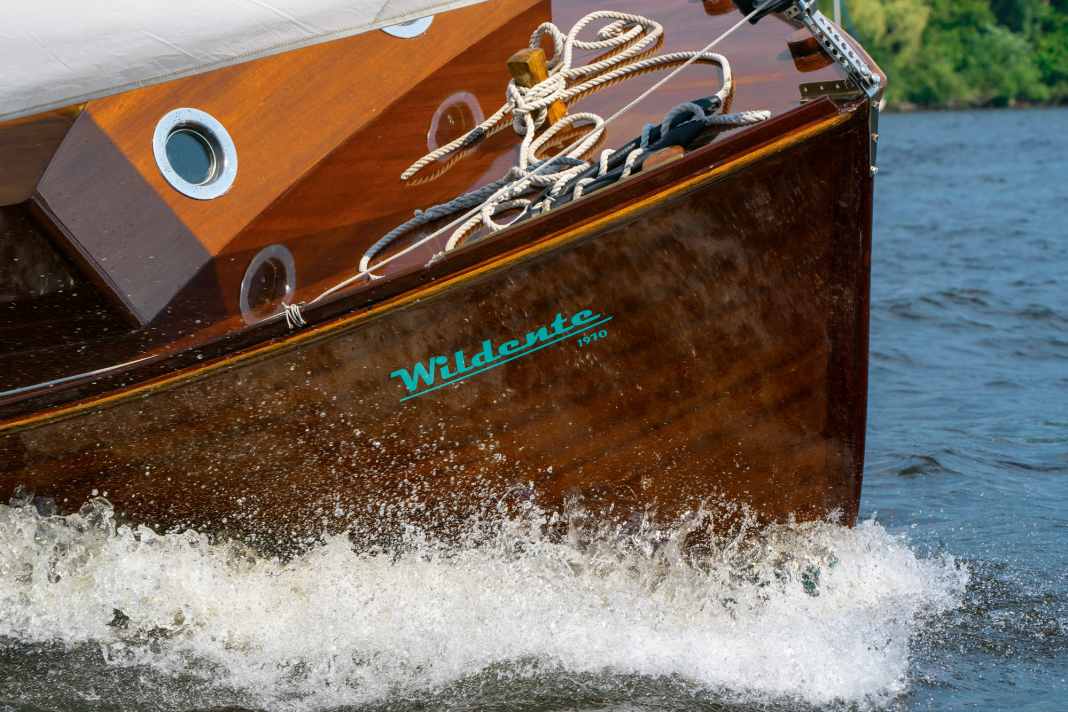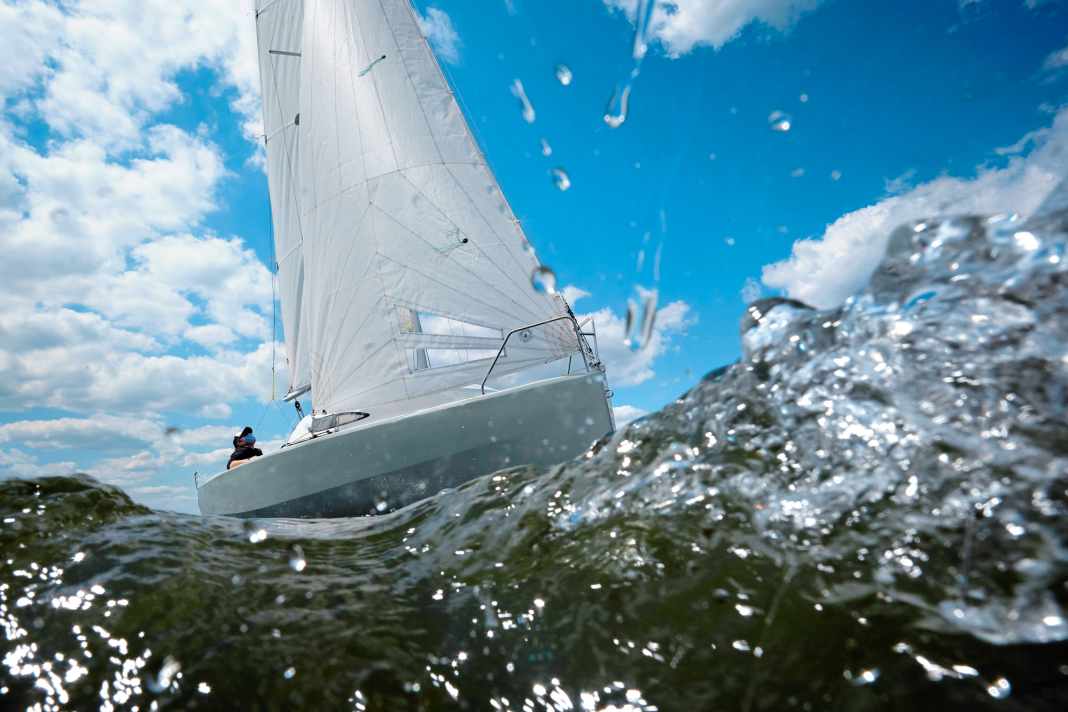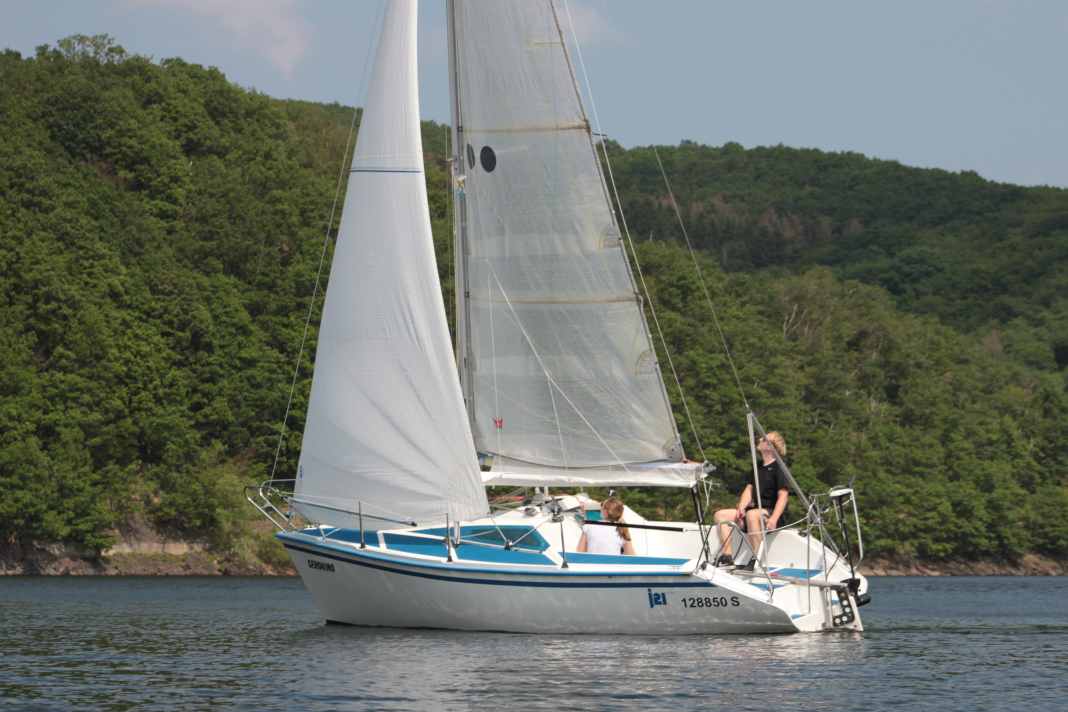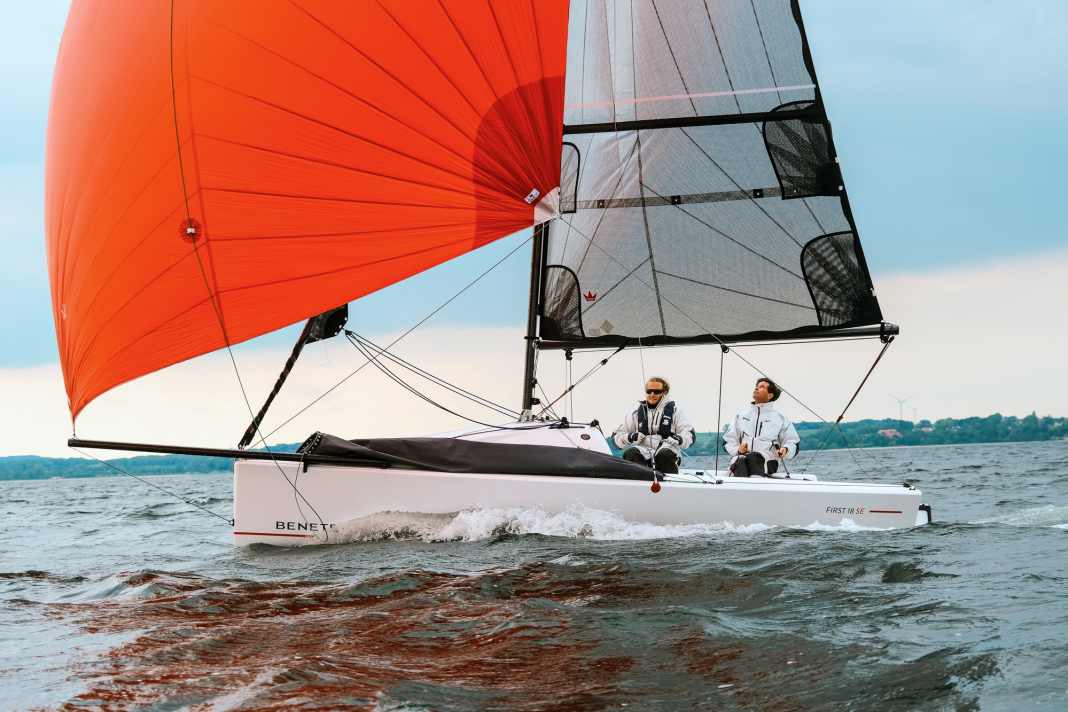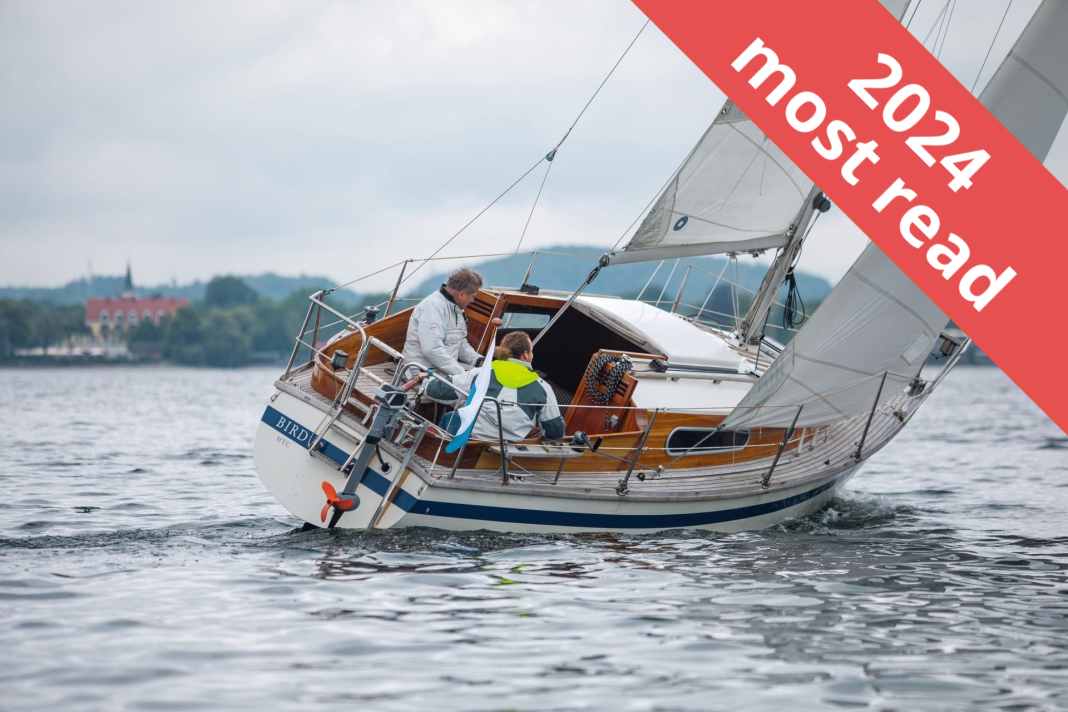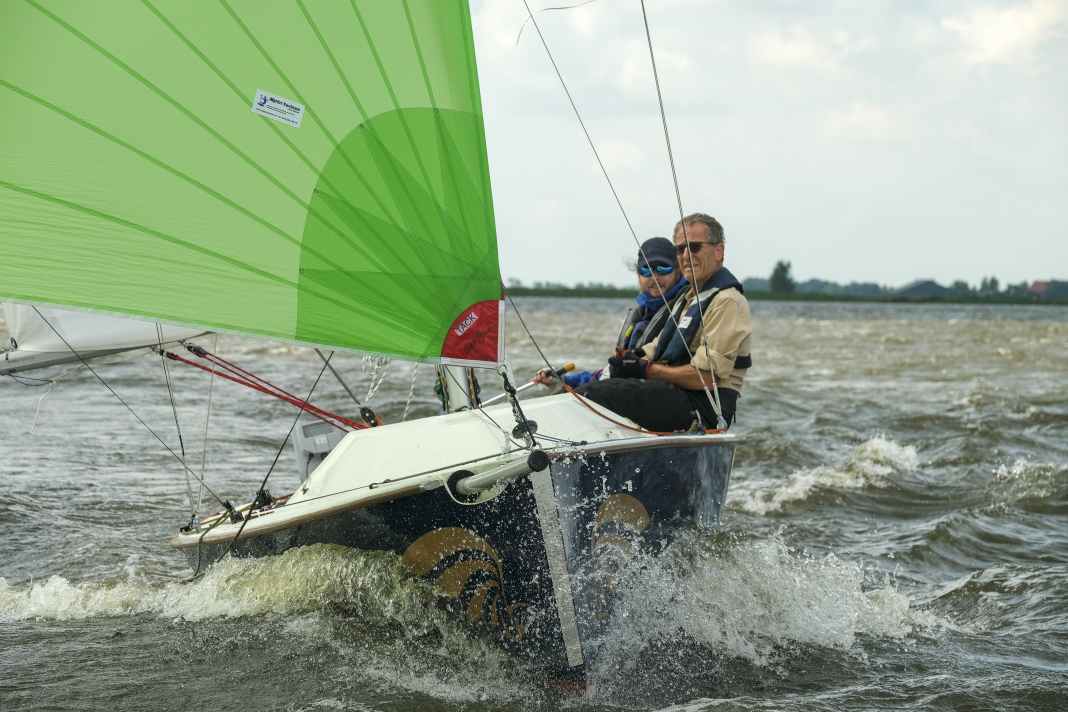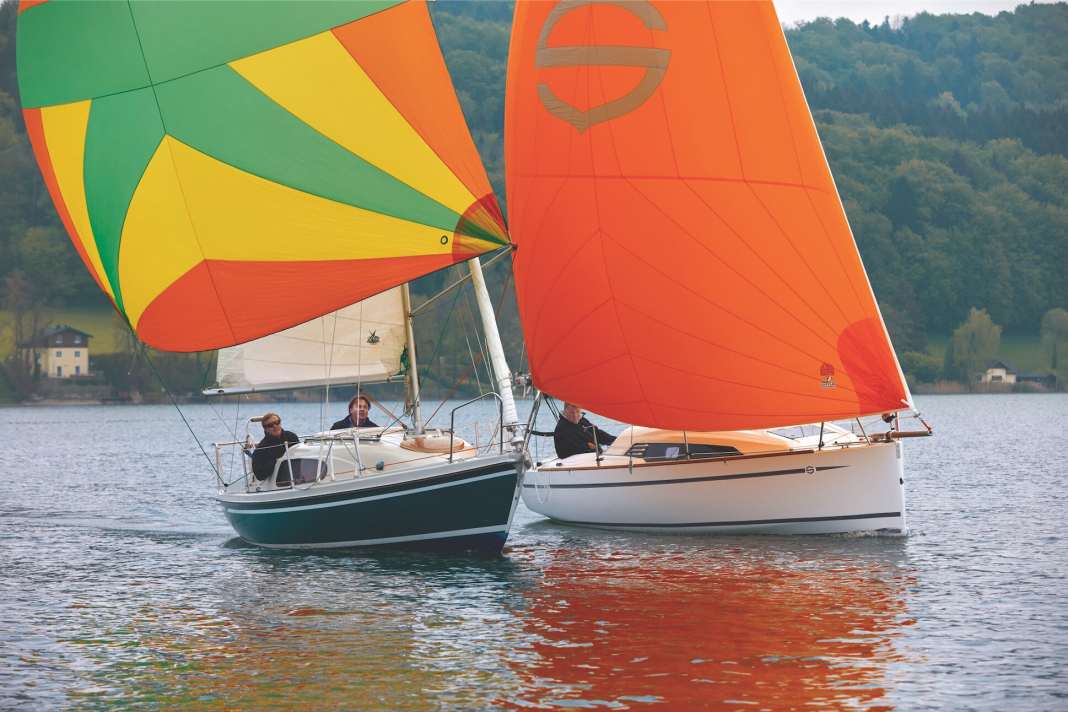Small cruisers - small boat and big possibilities
The small cruiser is one of the most popular boats used by water sports enthusiasts. They are mainly used in inland waters and coastal areas, but small cruisers have also been used to cross oceans. The small Yachts are so popular for several reasons. Because of their small size, they are not as expensive to purchase as, for example Cruising yachts whether as Used boat or new boat. They can be partially trailered, which increases the possible Sailing areas significantly. The small size also means lower running costs than with a cruising yacht, be it for the berth, winter storage or maintenance work.
Which boats belong to the small cruiser category?
Sailboats are normally categorised as Dinghies keelboats or multihulls. There are also differences in the hull shapes as well as the bow and stern shapes, which are used to categorise sailing boats.
A small cruiser is a sailing boat that is quite manageable in terms of its length. The designation "small cruiser" is generally given to sailing boats that do not exceed the ten metre mark in overall length.
The types of rigging and the Equipment and the fittings are not included in the classification. However, the layout of the cabin does. It is therefore an essential characteristic of a small cruiser that it has a cabin with overnight accommodation. Without this, it is also referred to as a daysailer.
YACHT note:There is no precise definition of the size of a small cruiser. The maximum boat length of ten metres is a guideline to distinguish between a small cruiser and a cruising yacht up to the Superyachts can be distinguished. In principle, they all have similar characteristics and are therefore categorised as cruisers or yachts. However, the length specification alone is not sufficient for categorisation; it could just as easily be a dinghy, a regatta yacht or a classic.
Differences to other sailing boats
Size may be the main difference. A small cruiser is - as the name suggests - very small. In addition, there is little room for great comfort on a small hull. The cabin is only equipped with the bare essentials. In addition, little variety is to be expected in terms of rigging.
The small cruiser is ideal for a day trip, but also for longer cruises when living comfort is not the main priority. It is usually possible to spend the night on a small cruiser, ideally with a crew of just two people. For more comfort and options, a larger boat must usually be chosen. However, there are also small cruisers for up to four people, but the level of comfort is usually only camping level.
The sailing characteristics of a small cruiser
Like dinghies, small cruisers are usually equipped with a tiller. On larger yachts, but also on some small cruisers, wheel steering is increasingly being used. It is somewhat more complex in its mode of operation, but for many sailors it is more intuitive to use, and it enables other concepts in the design of the cockpit and the space below deck.
A major advantage of small sailing boats is that they are easy to manoeuvre, not only because of their size, but also because of their weight. Even beginners usually get on well with a small cruiser. The prerequisite is always that the conditions on the water are taken into account. The smaller the boat, the more susceptible it is to high waves and strong winds. It is therefore important to think carefully about whether to actually go out on the water in strong winds or whether to wait for better conditions. Weather waiting.
Areas of application for small cruisers
Small cruisers are mainly found on inland waters or near the coast. This does not mean that larger cruises are out of the question. As these small sailing boats fit well on the trailer and can therefore also be moved on the road, it is possible to put them in the water anywhere. They can be sailed off the coast as well as in inland waters and anywhere else in the world. This does not necessarily require a large yacht that would even be suitable for an Atlantic crossing.
The water sports enthusiast chooses the area independently. And this can vary from year to year. This is a great advantage in water sports, as no one is tied to one area, but everyone has the opportunity to explore very different areas, especially with a trailerable small cruiser.
The equipment - the small cruiser is all about the details
Small but beautiful may be the right description for a small cruiser when it comes to Equipment goes. A distinction is made between the type of rigging on deck and the equipment in the cabin.
Rig equipment
It is possible to vary the equipment features. This also applies to the rigging types, i.e. the mast and spars. Different variants are possible.
A very minimalist design relies only on a mainsail on a mast that is positioned far forward. This type of boat is called a catboat. It is particularly easy to operate and can also be used as a one-man small cruiser. However, its sailing performance is rather limited.
The most common type of rigging consists of a mainsail and a headsail, known as a slip rig. It is considered to be particularly efficient. Other variants are also possible for small cruisers, although the size of the hull certainly sets limits on the types of rigging.
In addition to the mainsail, the equipment also includes the reefing equipment and the fittings. Depending on the type of fittings, there are Sail some things that must be present, others can be added variably.
The cabin - an important room even on a small cruiser
When fitting out below deck on a small cruiser, you usually have to compromise on comfort in the cabin, storage space, toilet room, galley and headroom due to the size of the boat. It is particularly important to define your own requirements here.
The first thing to consider is how the small cruiser is to be used. As a daysailer that requires little storage space and little comfort in the cabin, or as a small yacht that can also be used for longer trips independently?
It is advisable to always clarify your own needs first and then look at the features of the selected models. It makes the decision easier and ensures greater satisfaction in the end if your own requirements are met.
The right cruises for the popular small cruisers
A little sailor on a big adventure? Why not! It is also possible to go exploring with a small cruiser. However, the trip must be well planned and there are a few things that need to be found out in detail before setting off.
The desire for a break on a sailing boat unites many water sports enthusiasts. Even a small cruiser is easy to sail and allows you to take the boat from harbour to harbour. Even over longer distances if desired.
Explore the North Sea and Baltic Sea
The Baltic Sea and the North Sea offer many possibilities. Denmark , Sweden Norway, the Netherlands or the German Coastal sections - fun and variety are guaranteed in any case. If you like it that way, you can put together an exciting route that meets a variety of requirements.
There is a lot to explore, especially along the coasts. Alone Norway offers an indescribable variety with a coastline of more than 2,500 kilometres, fjords and bays. Sufficient time should therefore be planned for such a trip.
The Mediterranean - plenty of sunshine, crystal-clear water and cultural highlights
The Mediterranean is ideal for a variety of cruises. There are many harbours and coastal stretches in the Mediterranean. Good planning is also essential here.
Islands such as Mallorca, Corsica or Sicily can also be reached by small cruiser. However, the journey there always leads across the open sea. The small cruiser should therefore be especially suitable for this. Cruises along the coast in more sheltered waters are more recommended for small cruisers.
Harbours also invite you to linger and, in addition to a mooring, in the vast majority of cases offer the opportunity to take on fresh water. Black water or service water can be pumped out. If minor repairs or spare parts are needed, even this is possible as an option, depending on the harbour. The cruising atlas provides information on the respective marina services.
YACHT note:There are around 4,300 islands in the Mediterranean. The majority of them - around 80 per cent - belong to Greece. Some of the islands are not inhabited, as they are merely rocks or reefs in the sea.
The Atlantic crossing - definitely a task for adventurers
Even an Atlantic crossing is theoretically possible. The small cruiser should be seaworthy and offer sleeping accommodation. Sufficient storage space is also essential to be able to take provisions and equipment with you.
However, this boat size is only suitable for Atlantic crossings to a limited extent. Comfort and Security are criteria that play an important role. Such a trip should therefore only be undertaken by experienced sailors, as the area is very difficult and offers no possibility of mooring or anchoring over long distances.
On top of this, the technical requirements must be met in order to ensure safe Navigate to make this possible. Good planning is also necessary, taking into account the weather conditions, the current and the time of year. If you want to cross the Atlantic, you can't do it on the spur of the moment. Only with precise planning, a lot of experience and the best boat equipment can this really be recommended.
Inland waters - sailing fun is possible everywhere
Inland waters are always worth a trip. Europe offers excellent opportunities to explore the area with a daysailer. The size of the boat is not so important here. Because the inland waters offer the best conditions for all sailing boats. There are many harbours that can be called at. In addition to overnight accommodation, many of them offer services such as fresh water or pumping out service water. Provisions can also be taken on board and it is possible to combine fun on the water with a few experiences on land.
YACHT note:Small cruisers can usually be trailered. If the time window is limited, the journey to the desired sailing area can be made by road. This saves time and allows you to explore distant sailing areas.
Small cruiser shipyards - the best-known and most renowned manufacturers
Sailart and Bente are among the best-known and most renowned manufacturers of small cruisers. Two German Shipyards that are shaking up the market. However, there are also larger suppliers from abroad, such as Maxus or Viko. In addition, there are smaller yards that also realise special specifications. Here too, YACHT has already presented some companies from the boat industry that are of interest to every owner.

